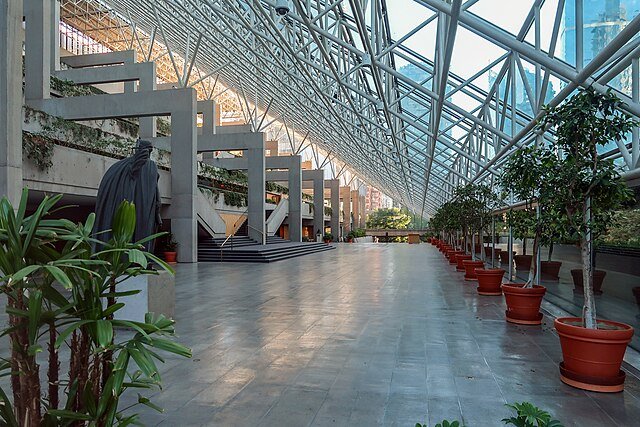My case involved a client who was employed to produce computer software for use in designing roofs. The specific application was for the large flat roofs of warehouses and industrial plants. The problem to be solved was that rainwater would collect on the flat roofs. The weight of the water caused the roofs to sag, creating bigger pools of water. The increased weight over the long term adversely affected the integrity of the roof. The software in question allowed the design of multiple, lightweight, low-level pyramids all over the roof. It was a complicated design process that only a computer could do. With the addition of the pyramids, the water would flow off the roof.
When my client was dismissed from his employment, he had a claim for wrongful dismissal. That was complicated when his employer’s companies went bankrupt and his employer went personally bankrupt. All of the assets of his business were transferred to a trustee in bankruptcy. My client negotiated with the trustee to purchase the roof design software. My client now had his own business. Unfortunately, the previous employer had kept a copy of the software. He started operating the same business through a company owned by his wife.
I commenced a legal claim on behalf of my client against the company operating the roof design business. That company immediately went to court and obtained an injunction against my client to stop him from contacting clients in his business using the roofing software. It claimed that it was the rightful owner of the software and my client had no rights to it. I then went to court and showed the bankruptcy, the transfer to the trustee and the purchase from the trustee. The court removed the injunction and imposed an injunction in favour of my client against the company of the bankrupt’s wife. It could not use the software.
Unfortunately, that was not the end of the matter. There were 21 court appearances as the parties battled it out to control the use of the software. The defendant moved the software to the United States and continued business there. The matter was at the Court of Appeal at one point. The company of the bankrupt’s wife applied for leave to appeal the injunction. An appeal is not automatic from an order pronounced leading up to trial. Those orders are called interlocutory orders. It was necessary to ask permission to appeal an interlocutory order. The company of the bankrupt’s wife applied to introduce new evidence at the application for leave to appeal. New evidence is also called fresh evidence.
The application was heard by Mr. Justice Hinds. He listened to the application and then asked both lawyers to go away and to research a particular point. It was three months until we reappeared before Mr. Justice Hinds.
Following a decision of the Supreme Court of Canada, applications for the introduction of fresh evidence on the hearing of an appeal had been adjourned to the date set for the hearing of the appeal. That gave the panel hearing the appeal, rather than a chambers judge in advance, the task of deciding whether or not the fresh evidence should be admitted.
The question asked by Mr. Justice Hinds was whether a Court of Appeal justice, sitting in chambers before the date of the appeal, could consider fresh evidence when determining whether to grant or refuse an application for leave to appeal an interlocutory order made by a judge of the Supreme Court. There was little authority on the point.
After listening to both counsel on the point, Mr. Justice Hinds decided that he could consider the fresh evidence. This was not a decision to admit the fresh evidence, only to consider it. After considering the fresh evidence and all of the circumstances, the judge declined to grant leave to appeal.
There are 16 references to the case in subsequent court proceedings. Gudaitis v. Abacus

